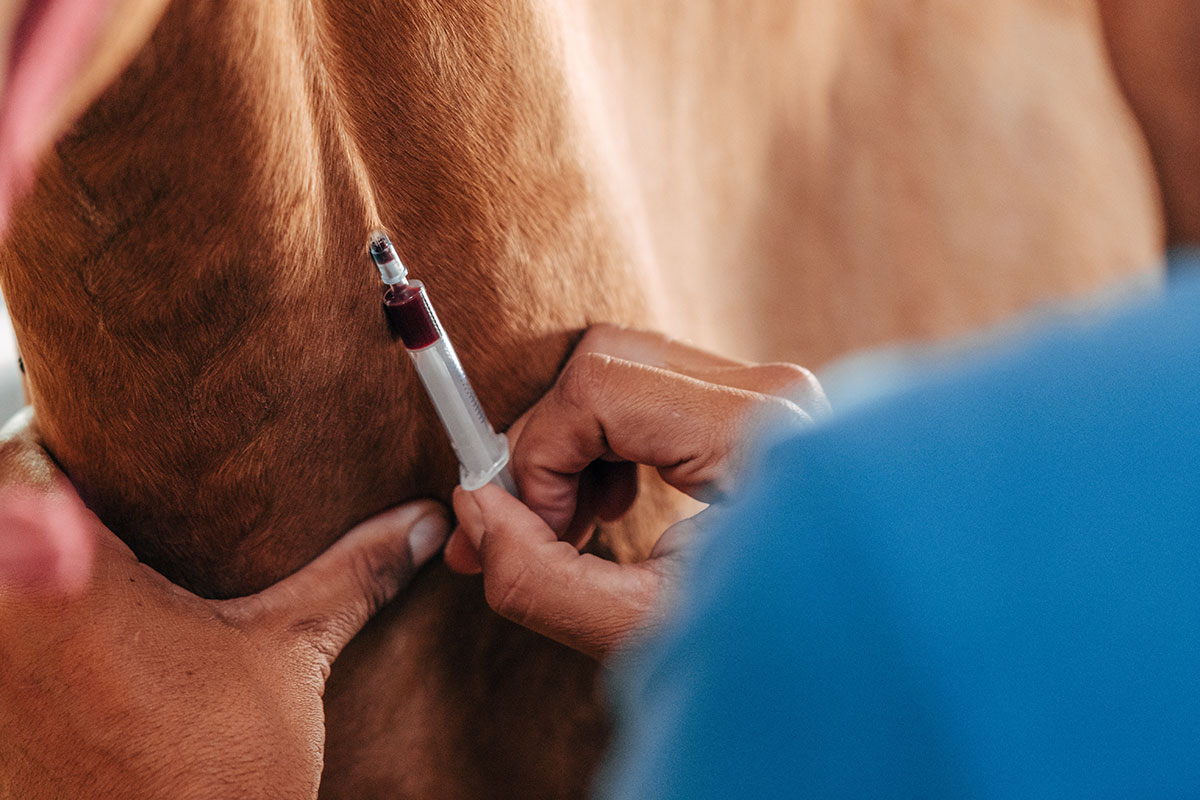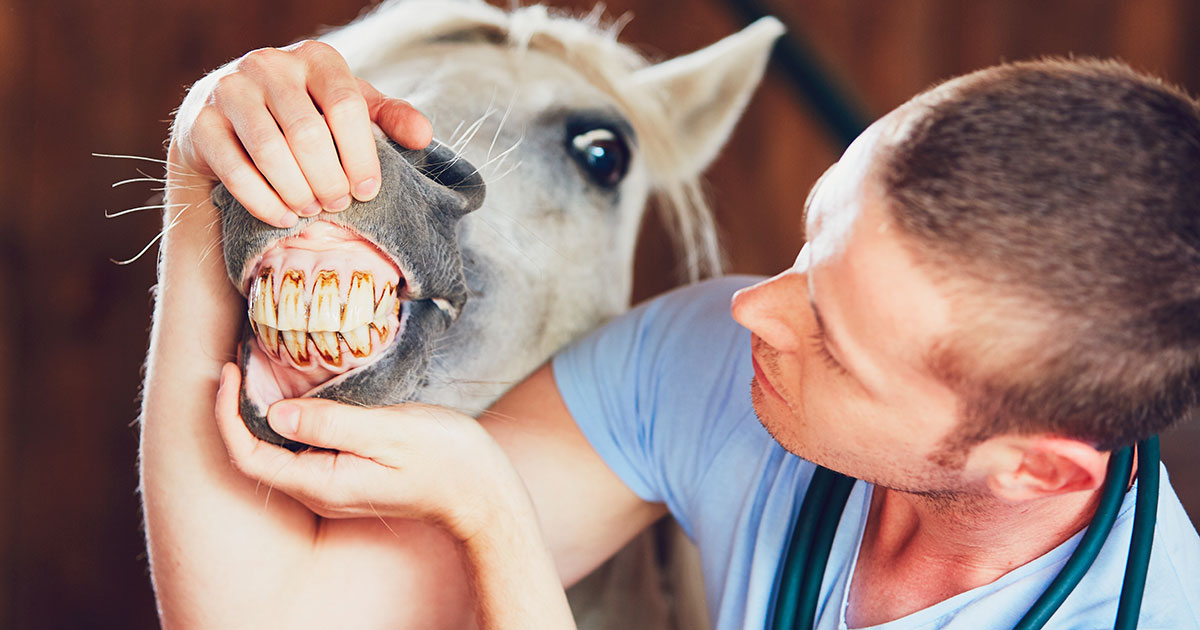If you don’t come from a “horsey background” (like me) then the equine side of the vet course can feel a little overwhelming.
From a different number of ribs and guttural pouches to the inability to vomit, horses have an abundance of clinical differences to our smaller patients, and so (quite rightly) often need to be studied in their own right, much the same as with farm animal medicine.
Clinical aspects aside, the world of equine also comes with a wealth of nomenclature that seemed to me, at first, like a second language. A disease called “glanders and farcy” was a particular favourite equine term of mine, as it sounds deceptively quaint despite in fact being an incredibly serious and often fatal notifiable disease.
For these reasons, in all honesty, I was a little apprehensive of my first equine clinical placement – most likely not helped by a distinct lack of large animal clinical EMS up until that point (thank you COVID-19).
As it turns out however, the two-week placement became one of my favourite so far. So, for those of you with it still to come, here are a few things I wish I’d known going in…
Time to smell the hay
Small animal medicine can sometimes be fast paced, and patients can come and go in a blur. With 15-minute consults and a lot to pack in within that time, there sometimes just aren’t the opportunities for students to ask questions or for advice.
On the other hand, equine and large animal medicine placements are often a little less patient intensive, affording students the opportunity to really dive into each individual case, rather than losing track of how many they’ve already seen that morning.
The drive between clients can also provide time for asking questions, filing in your case logs for the last animal, and reading up on the next.
Communication, communication, communication
Depending on the client, of course, a lot of call outs will involve a certain amount of time standing around the horse with the client waiting patiently at the reigns.
Dentals, in particular, can take a surprisingly long time and while in small animal practice the vet can typically just stick the radio on, plonk on a stool and get to it, that might seem rather rude with the animals owner standing right next to you. Being able to hold a conversation with the client, whether its about their animal or just the nice weather we’ve been having, is a skill that can sometimes be sidelined in favour of clinical competencies.
Making conversation can also be extra difficult if you’re trying to be clinically competent at the same time – and this is where multitasking comes in, as vets will often have to engage with the client for more than an hour while performing tasks on the animal that a smallies vet would probably take a dog out the back to do.
As a student, spending long periods of time with a vet and a single client is a great opportunity to practice client engagement and communication. If in doubt, and you’re left alone with the owner while the vet runs back to their car, try asking about their animal (how long they’ve had it, if it’s their first, and so on). We all love gushing over our pets, and it goes a long way to show enthusiasm instead of the vet coming back only to find the two of you staring in silence at the grass.

Bigger can be better
When you’re not feeling 100% on your catheter placement or blood sampling, it helps to have something big to aim for. This is where horses come in…
It’s almost like they’ve gone out of their way to be the perfect injection-giving training wheels, with jugulars like drain pipes and large obvious muscle bellies for you to grab in one hand and pop a needle in with the other. Once you’ve mastered the horse IV and IM, it’s only a matter of sizing down.
My main takeaway from this placement was a reminder not to shy away from practising things that don’t come naturally, or aren’t your favourite thing in the world. There’s no point practising the things you know you’re best at, for the sake of feeling good about succeeding in something you already knew how to do.
You’ll feel much better after that initial leap out of your comfort zone, when you succeed in something you couldn’t do before.

Leave a Reply